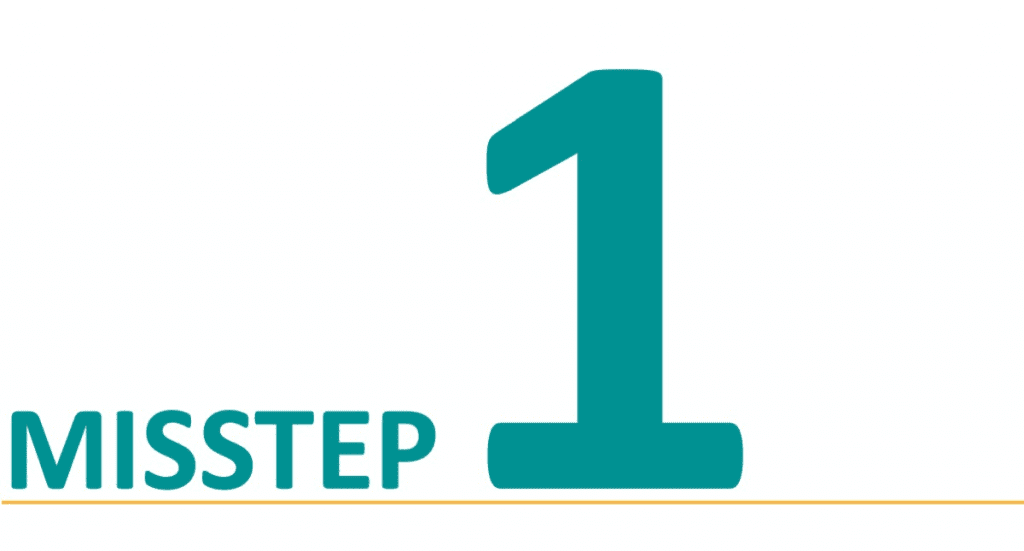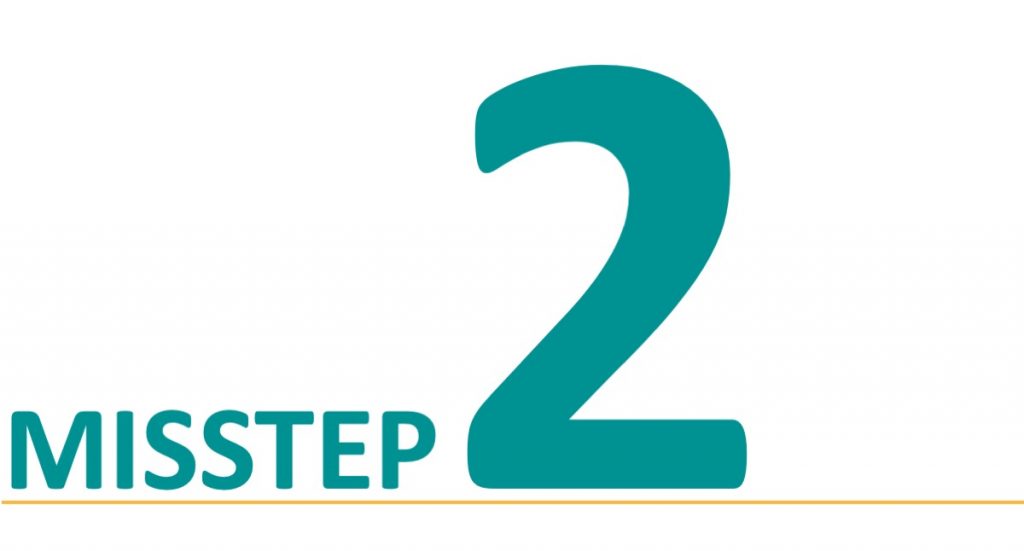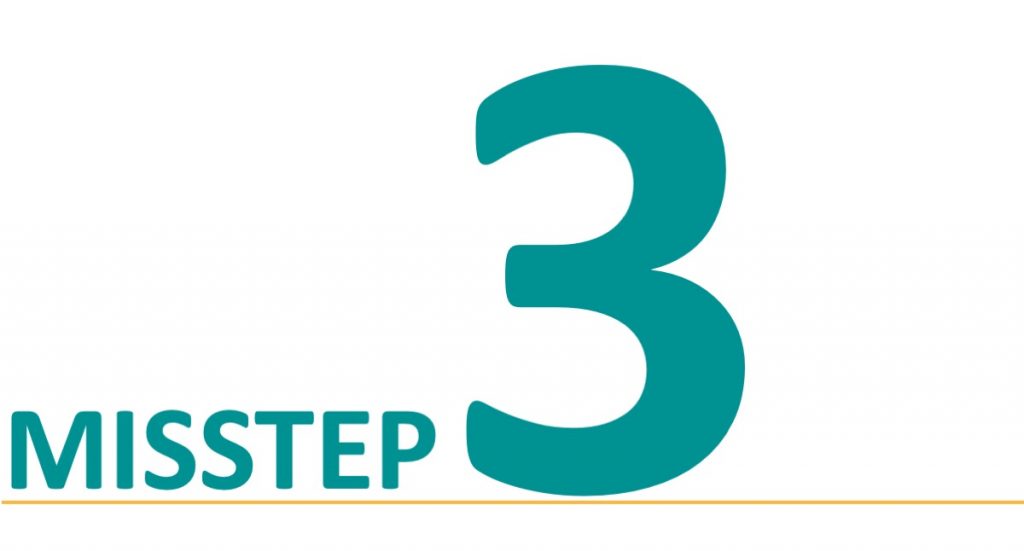Combination Product Industry News & Guidance
Sharing device-related information and wisdom
that will help you succeed
Case Study: Device Platforms & Executives
“We’ve Got This”

In this case study, we were brought in by a large pharma company that was initiating a new combination product project and knew they were stepping into new territory that their in-house team had yet to explore. Upon meeting with this company and discussing their intended strategies and protocols, we realized that their device-inexperienced executives did not understand the “grey areas” of combination product regulations and development process. These executives picked what they thought was a conservative approach to combination product execution. We also noticed the politics that were blocking their decision-making, which is highly common in large global organizations like this one. In reality, the executive team was applying device regulations inappropriately. Their systems were compliant, but only in the most burdensome of approaches.
Suttons Creek offered this global big pharma a $50,000 pathway, but executives could not agree on a direction and went with a more excessive pathway that covered every executive’s desired approach. We witnessed a situation where each individual executive could not resign themselves to the influence of others that may know more. The organizational politics could not converge upon the more streamlined solution, in part due to a lack of expertise in combination product requirements. This resulted, unfortunately, in a lot of tail spinning, churning, and additional work that did not need to be done. They took many missteps an made many uninformed decisions.

One step on which they missed the mark was portfolio analysis. It’s not just about putting a drug with a device but taking a look at the entire portfolio to create efficiencies by putting multiple drugs together with one device platform.
The time to begin the device process is at inception, when you make your first decisions about device platforms across your entire portfolio.
This step can be a quick review and conversation to set things in motion, even if that means realizing that you do not need to engage on the device side for months to come…or whether to use a device at all.

This leads to another misstep made – choosing a device or Software as a Medical Device (SaMD) for the wrong reason. Sometimes it is better just to get the drug out there and not complicate it with the development of a new, additive device without fully realizing the added cost exchanged for a (possibly poorly understood) value proposition.
To make a combination product worthwhile from an ROI perspective, it should be necessary to the drug user experience.
This organization was doing innovative work in drug space and wanted to also be an innovative device company by creating their own devices. Instead, the goal should be to save time and money and get the a drug out on the market as fast as possible through the path of least business risk. Sometimes, it is better to get the combination product out there and innovate afterwards to improve your market share.

Another large mistake made was not assigning clear roles and responsibilities. Like portfolio analysis, this should be done at inception, involving not only the device team and commercialization (CMC0, but also the executive level, so they can drive decisions throughout the development process.
Assigning ownership among leadership is critical to streamlining, and empowering decision-making is especially important for big pharma with multiple, large divisions.
Furthermore, assigning responsibilities and communication roles to corporate stakeholders is also critical. The program “owner” needs involvement from other leaders and functions within the team so that these stakeholders better understand what is needed from them.

The lack of knowledge and experience we observed – and resulting decisions to over-comply – caused major issues in development and regulatory approval.

- More time was spent than necessary
- More resources (people and money!) were spent than necessary
- More risk was created for device regulatory approval, as more information than necessary was shared and exposed the corporation to more regulatory risk
- Approvals were delayed and stymied
- Time to market was longer than it needed to be (and patient help / company profit was subsequently delayed)
By the end of this global pharma’s development, we analyzed their milestones and outcomes and found that they had applied nine employees full-time for nine months, when Suttons Creek previously had accomplished the same with one full-time and one part-time consultant. We also found that they spent an additional $700,000 in pursuit of the device constituent of their combination product development and regulatory approval…when it should have been $50,000.
As Leo Buscaglia once said, “Those who think they know it all have no way of finding out they don’t.”
And, we will add…”until it is too late.”
Steve Badelt, PhD – Steve is a seasoned expert with over 20 years of experience in combination products, engineering management, systems engineering, and business development. He founded consulting firm Suttons Creek, Inc. in 2012, which has served as the device team for pharma on over 50 combination product programs. Steve values helping others learn and grow, and when he is not consulting on behalf of Suttons Creek, he is advising startups, sitting on industry boards, speaking nationally on combination product and connectivity issues and serving as a Graduate Professor at Loyola Marymount University.
